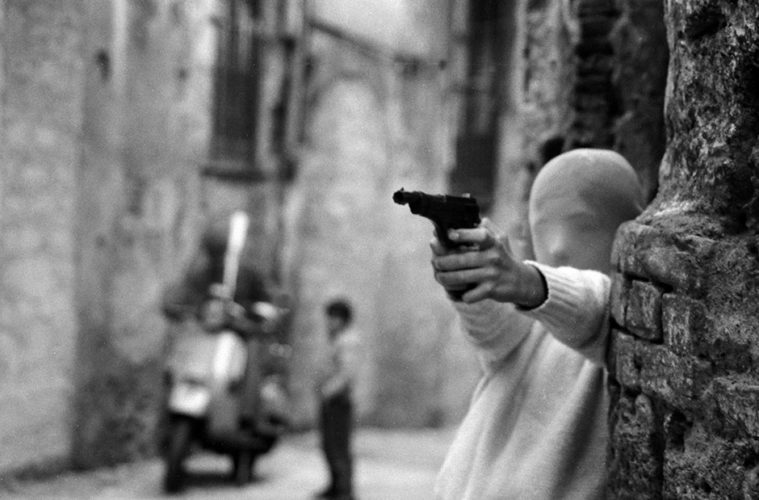Compelling if messily constructed, Kim Longinotto’s Shooting the Mafia tells the story of 83-year-old photographer Letizia Batteglia who took on the Sicilian mafia in graphic detail thanks to brave editors at her left-wing leaning newspaper L’Ora. Spending much of her professional life focused on the sheer brutality, including nightly public murders in Palermo, Sicily–an otherwise beautiful city–she no longer decides she can stand by as a neutral documentarian and later enters politics.

Confronting the costs of the mafia’s operations from the 1970s to the present day, she perseveres with a long memory as the world eventually comes crashing down on the mafia and its internal war becomes external. On screen, she heartbreakingly details her graphic works and a crisis of faith after the mafia enjoys a brief win following the assassination of Giovanni Falcone, a judge whom Batteglia was fond of. He was the one man they could not buy off or leverage.
The film is most effective in its more personal passages as Batteglia talks with Longinotto about her work and those lost along the way. The sections of the film that don’t work as well, and perhaps are worthy of their own mini-series, provide long expository chunks of history told in newsreel footage, classic films, and other photographs. Shooting the Mafia attempts to provide a comprehensive history of La Cosa Nostra and its operations alongside conversational moments with Batteglia and finds itself coming up short in both areas.

Batteglia entered into photojournalism at age 40 as the result of a divorce and later finds a partner that she’s still in love with. While a short subject observational documentary allowing Batteglia to reflect on her life and the impact of her images might have made for a more compelling viewing experience, the film provides too little insight into her work and process beyond her politics. It is as though director Longinotto and editor Ollie Huddleston knew they had an interesting subject but have struggled to shape the material into a narratively engaging documentary. It never quite finds its footing in terms of pacing, drowning out its very compelling subject with details and backstory that seem to distract more than provide narrative value.
A more straightforward way to present this material may be an artist talk, focusing largely on the power of images and their place in Batteglia’s personal history–this is largely the promise of the first act, although overshadowed by the filmmaker’s use of other reference films. As striking as certain images and stories are, the film admirably resists taking on the structure of a thriller until its final act. For a film with very high stakes in the form of nightly murders terrorizing a city, the narrative remains restrained and convoluted with a simultaneously too broad and too narrow a focus. Perhaps this film simply needed more time to find itself in the edit.
Shooting the Mafia premiered at the Sundance Film Festival and opens on November 22.
Follow our festival coverage here.

